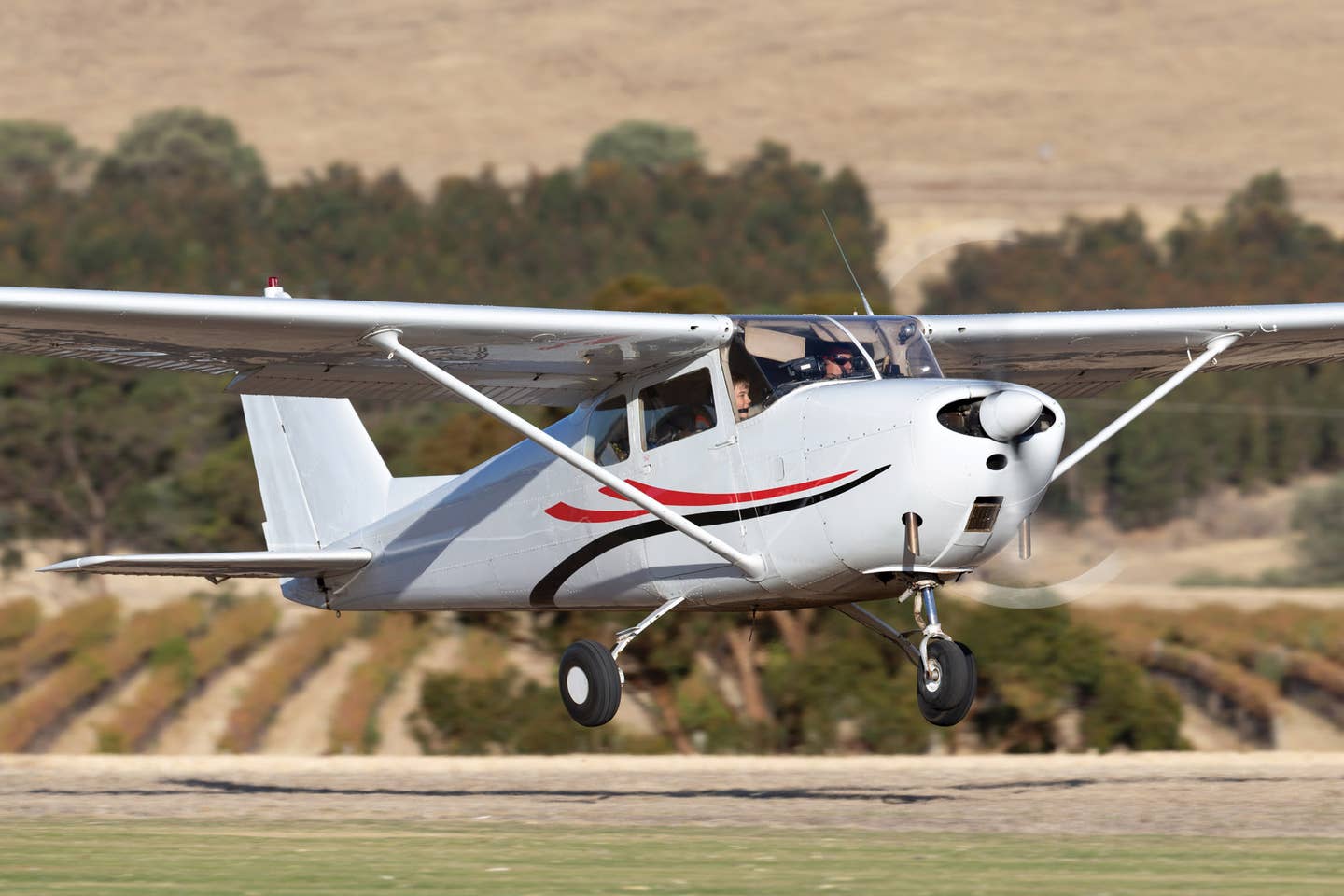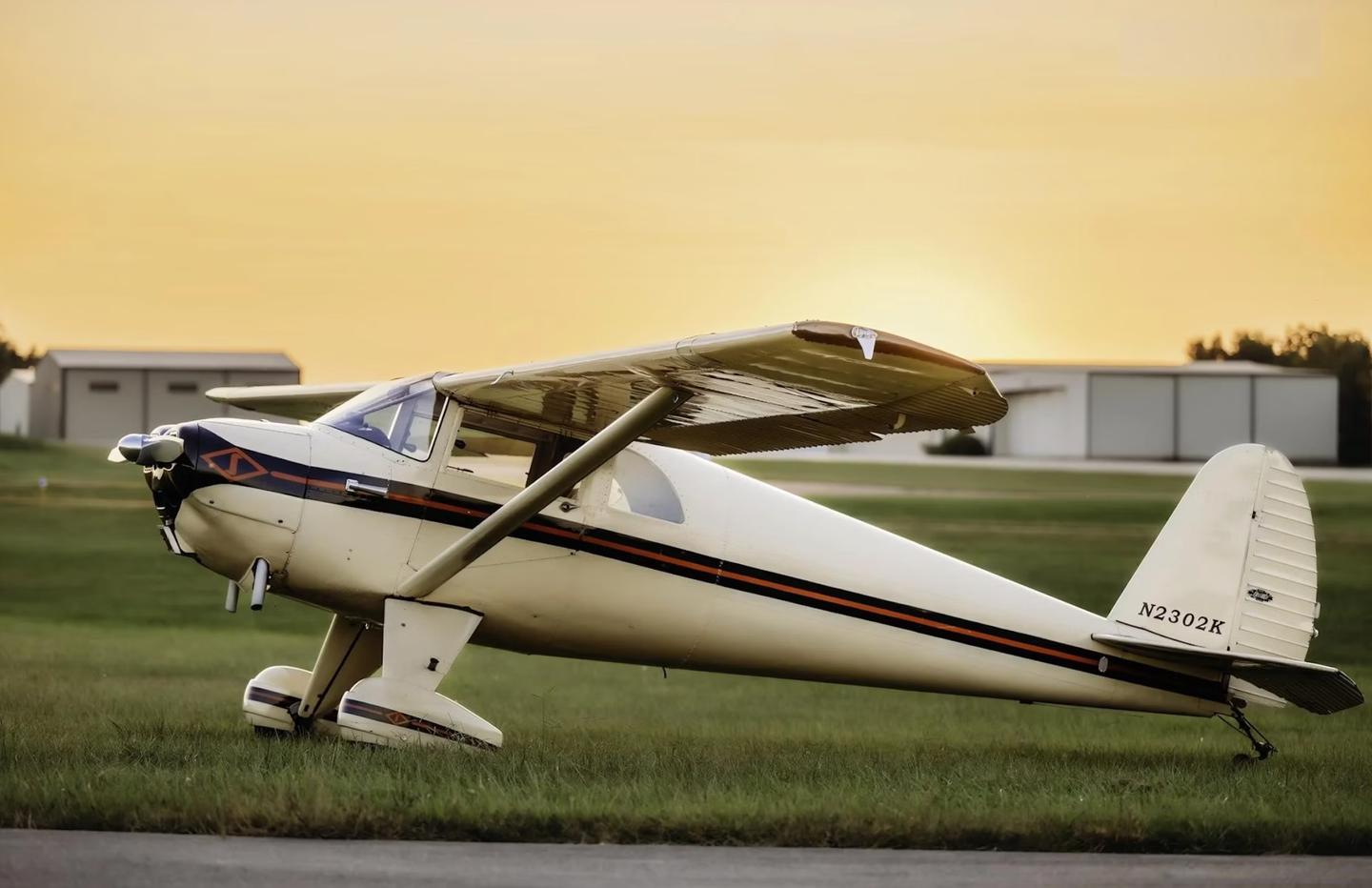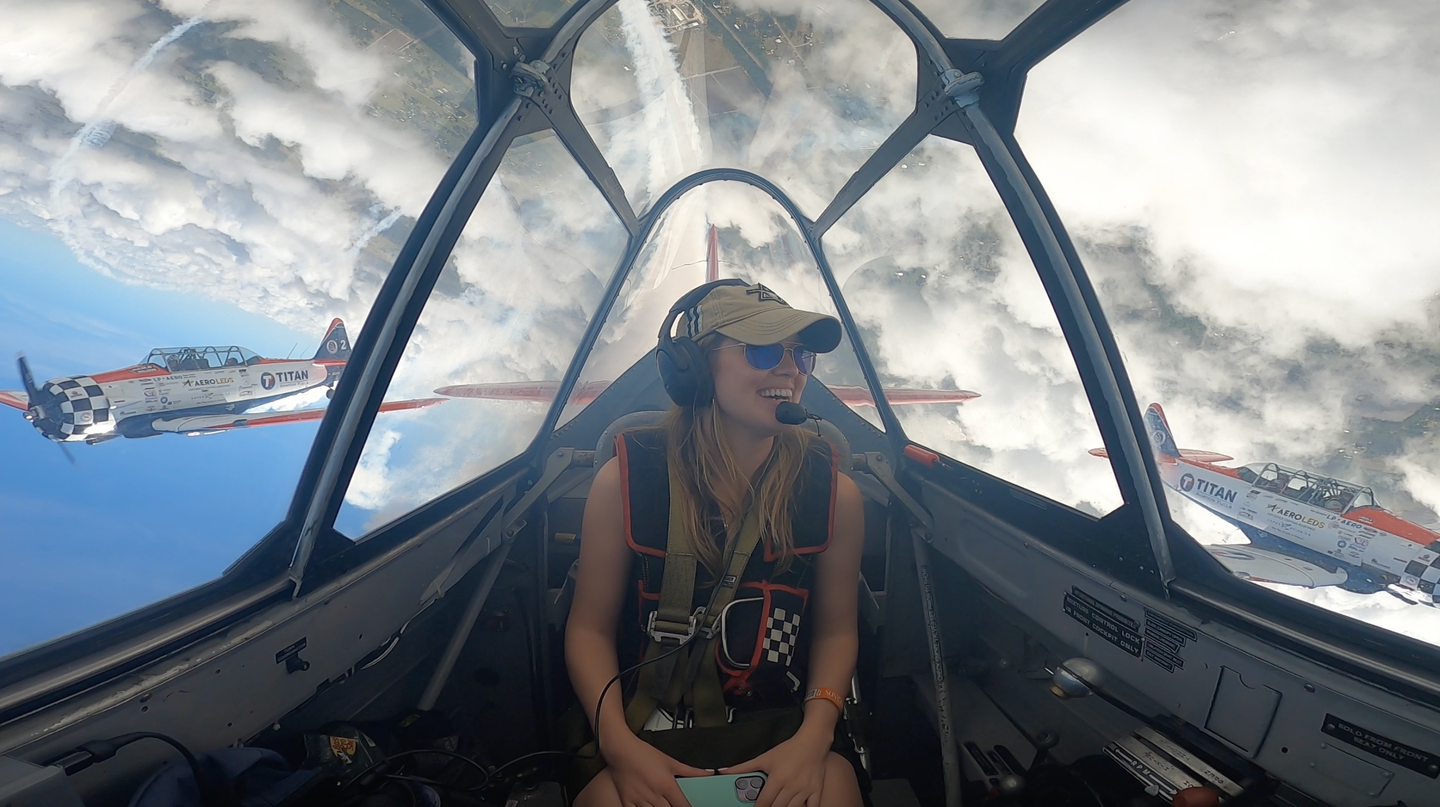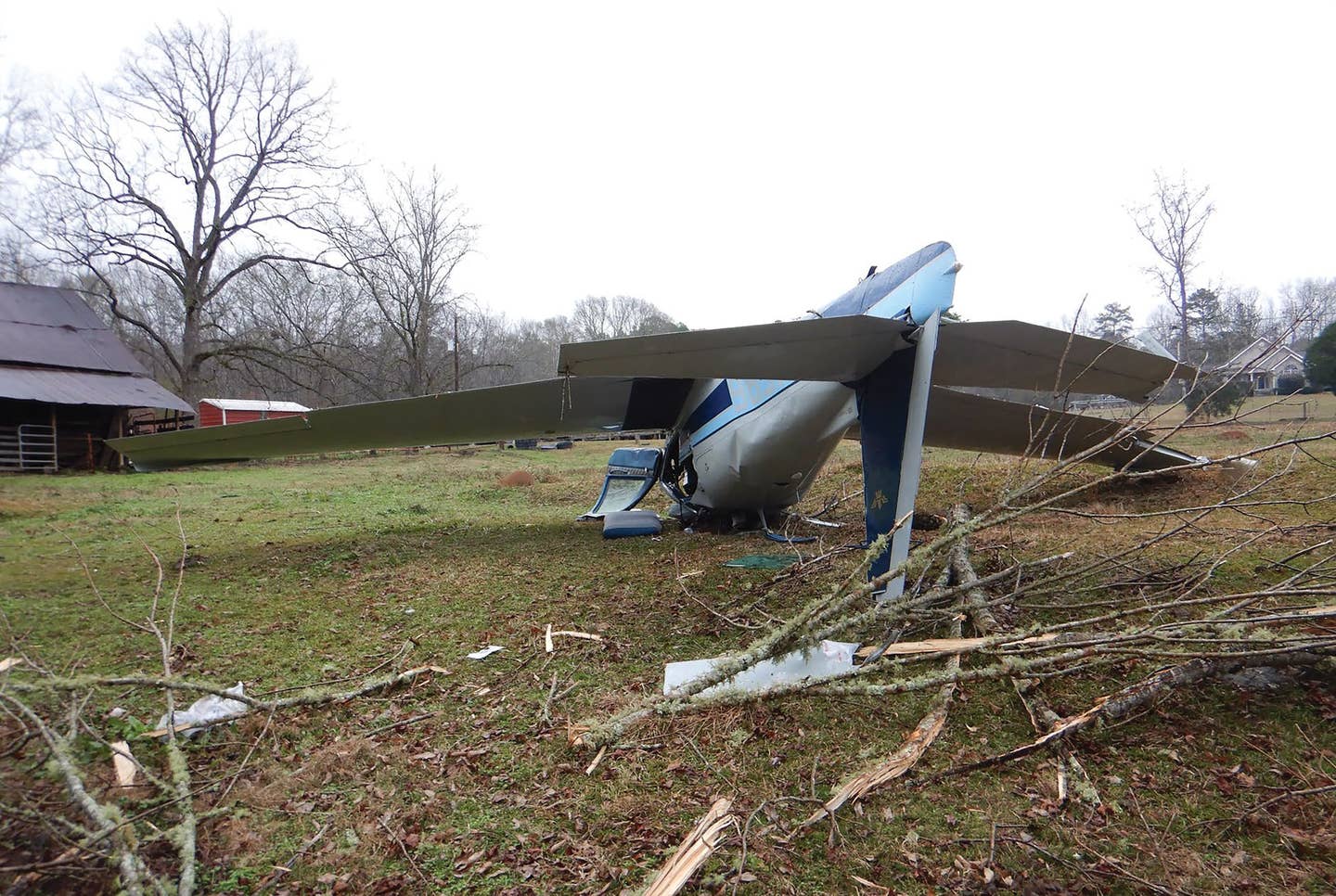
What’s that touch-and-go gonna cost ya? [Image: Shutterstock]
In November, Mooney owner Alex Melia fired up and flew to Tuscaloosa, Alabama, to visit family for the Thanksgiving holiday. He landed in the college town, enjoyed the holiday feast, and flew home having settled his tab with the FBO, which was already higher than he’d anticipated. In a Facebook group of Mooney pilots, he wrote:
“There was a football game going on that I had zero interest in, but the FBO charged me a $100 ‘event fee,’ which I begrudgingly paid. So after fuel, tie-down, and the event fee I was close to $300 for two nights for my little Mooney in the corner of the ramp. I just got a letter today from ‘Vector PlanePass’ for another $25 event fee. I called the FBO and they’re saying it’s a separate charge that comes directly from the city.”
Melia’s post spread across a number of social media aviation groups and soon a dedicated “ADSB Tracked Billing Has Begun” group exploded almost overnight with new members in a rage against the company assessing fees at 91 airports.
Now, don’t get me wrong. I hate spending money that I don’t need to, and I hate getting a surprise bill long after services are rendered. (Looking at you, medical providers.) But the echo chamber of angry pilots quickly turned into a pitchforks-and-torches mob mentality, where users piled on any differing opinions, doxed airport managers and billing contractors, and advocated illegal actions.
My exposure to the anger against Vector and PlanePass originated with Alex’s experience in Alabama, but Florida is a hotbed of pilot irritation, with Kissimmee (KISM) being the most convenient of punching bags for the internet tough guys. Kissimmee is a recent adopter of Vector Airport Systems’ PlanePass system to bill aircraft for landing fees. The landing fee, slated to begin February 1, is $3 per 1,000 pounds. That’s $9 for my Mooney. Six bucks for your two-seat trainer.
Vector Airport Systems is no stranger to handling fees for airports. It has been doing it for 19 years. It has 91 airports as clients to date. To put it very simply, the company is the middleman handling whatever fees the airport leadership chooses to charge.
The company offers two other products in addition to PlanePass. PlanePass Overflight presented a scary apparition to the company’s critics who claimed it was a product that municipalities could use to charge for overflights, but no. It’s for foreign governments to charge overflight fees, such as for flights that transit Cuba’s airspace. VNOMS is an add-on for an airport’s PlanePass setup that adds tracking of operations for managing operations in noise-sensitive communities.
After a few days of playing phone tag with Vector’s president, Pete Coleton, we spoke on Christmas Eve and he shed some light on PlanePass’ role in all this uproar.
First of all, Coleton said, Vector is there to support airports. He noted that most airports’ income has held pretty steady over the years, with income from streams such as hangars and fuel flowage having stayed relatively flat.
The costs of construction and upkeep of airport facilities, however, have skyrocketed. A price index of concrete products shows prices growing very slowly from 1926-70. That gentle slope became a near-vertical line as prices more than doubled from 2000 onward.
Airports use a lot of concrete. A site visit from the FAA to assess the airport conditions may generate recommendations for needed repairs and improvement that could cost millions of dollars. Cracks in a helipad, for instance, could present all manner of FOD threats for the whirligig crowd.
There are grants available for maintenance and improvement projects, but they generally require airports to put up 10 percent of the funds to get the remaining 90 percent in grants. The money has to come from somewhere, and even the fraction needed to earn the grant is still a lot more out of pocket than in years past—and that leaves airport managers looking for a way to generate revenue.
Vector offers airport managers the chance to collect fees with a turnkey solution. It handles the equipment installation, information collection, research and billing, collection, report generation, and deposits the money into an account. Vector looks at comparable airports to assess their fee structure to ensure that any fees are reasonable. Needless to say, Vector keeps a percentage of the take.
One service notably absent from Vector’s list of services: publicizing the fees it facilitates. FBOs don’t want to advertise the fees that they don’t collect, and most of us don’t go digging into an airport’s website to see what fees it might charge in addition to what we pay the FBO. NOTAMs, apparently, cannot be used legally to advise of fees. Coleton said that Aircraft Owners and Pilots Association (AOPA) had a team feeding FBO fees into ForeFlight’s database that said it could program airport fees in as well, but that the AOPA effort to include PlanePass’ airport fees into the ForeFlight database ended abruptly last summer without explanation.
So, yeah, the transparency with these fees could be a lot better.
There are some reports of errors as well, for planes being charged for overflying an airport, a go-around, or a practice approach. Coleton said that’s never been the intent and that anyone with a billing error could generally get it cleared up with a phone call.
But then again, how many of us are being charged, and how much does it cost? At a quick glance of a spreadsheet that the torches-and-pitchforks crowd put together, 16 airports have a fee for all operators—the rest only assess landing fees via Vector for commercial or jet operators. Many airports don’t assess landing fees for anything less than 6,000 pounds. For reference, a de Havilland Beaver grosses out at 5,100 pounds. So, for now, most of us are excluded from these fees. That said, slipping the weight threshold down would be an easy move for any airport administration—and merits monitoring.
Several pilots advocated shredding the bills mailed out by Vector, but that’s no good for the Florida crowd. Florida Statues Title XXV (Aviation), Chapter 329.40 gives teeth to the airport fees. It affords airports the power to file liens on aircraft when fees aren’t paid immediately. And while most people think of liens on homes or vehicles not preventing the owner from using said home or vehicle, Section 2 is where it gets sticky:
“A person may not remove or attempt to remove from the airport any aircraft owned or operated by the person owing such charges or fees after service of notice of the lien upon the owner or operator or after the posting of such notice upon the aircraft. Any person who unlawfully removes or attempts to remove from the airport any aircraft owned or operated by a person owing such charges or fees after service or posting of the notice of lien and before payment of the amount due to the airport is guilty of a misdemeanor of the second degree, punishable as provided in s. 775.082 or s. 775.083.”
So, all of a sudden, just flying your airplane away after ignoring that bill puts you in violation of the law. That ain’t a good look, especially for career-minded time builders. Most employers in aviation will do a deep dive into driving and criminal records. I have yet to hear of anyone being held to the law on something like this, but I wouldn’t want to be the test case.
Speaking of illegal acts, some users advocated turning off their ADS-B equipment to fool the system. The PlanePass equipment installed on-field does more than track transponders. It includes cameras. A photo snapped of your airplane turning off the runway would have you caught red-handed. And an inquiry from our friendly regulators could have that same photo serving as Exhibit A if they catch wind of your activities.
We were sold ADS-B installation as a safety system, and it is that. But we pilots weren’t served the same pitch as the FAA and other entities—its use for tracking and assessing fees is nothing new.
The crowd protesting ADS-B-enabled fees is loud. It has called out Buckeye, Arizona, as a new client as I write this, and the comments were fierce to boycott the upcoming AOPA fly-in and give the association an earful about why it was sitting this one out. Then word slipped out that the equipment being installed to facilitate the field’s remote tower happened to be the same hardware, but that Buckeye was not a PlanePass customer at all.
Fire, aim, ready. Whoops.
If you want to rail against landing fees, the airport manager or board is where the anger should fall. And even when you’re upset, use that in the correct way. If I saw an airport advertise a couple of bucks for a landing fee, it wouldn’t scare me away, though if I was looking for a place to spend the day shooting landings, I might take the hint to go elsewhere.
The loud crowd of critics can do better: A death threat to Vector’s Coleton, two days before Christmas, will in no way affect the change you seek. But in social media channels where users are urged to pile comments onto differing opinions, the calls for keeping things within the guardrails are faint and halfhearted. Airports charging landing fees is nothing new. But the middleman caught a lot of us off guard, for sure.
Airport managers should focus on clearly communicating these fees, ideally through channels we normally use for flight planning. Lord knows I don’t look up an airport’s website when I’m planning a cross-country to see its fee structure. But the tar and feathers, the rage, and the calls for illegal protests are just a little much for fees that most of us either won’t encounter—or will be outweighed by an evening’s bar tab.

Subscribe to Our Newsletter
Get the latest Plane & Pilot Magazine stories delivered directly to your inbox






